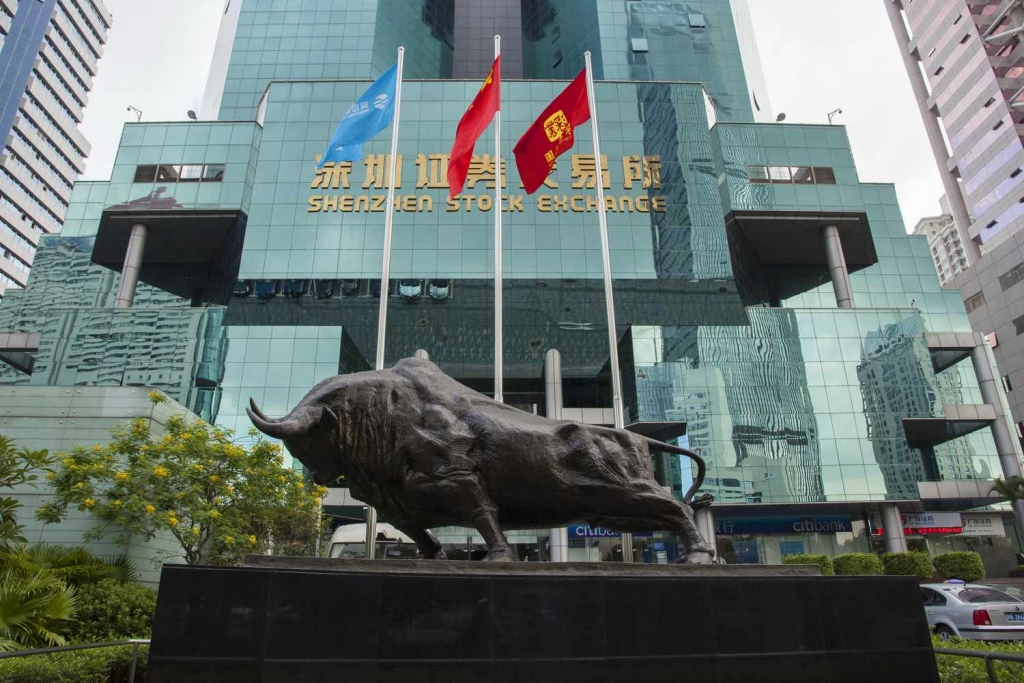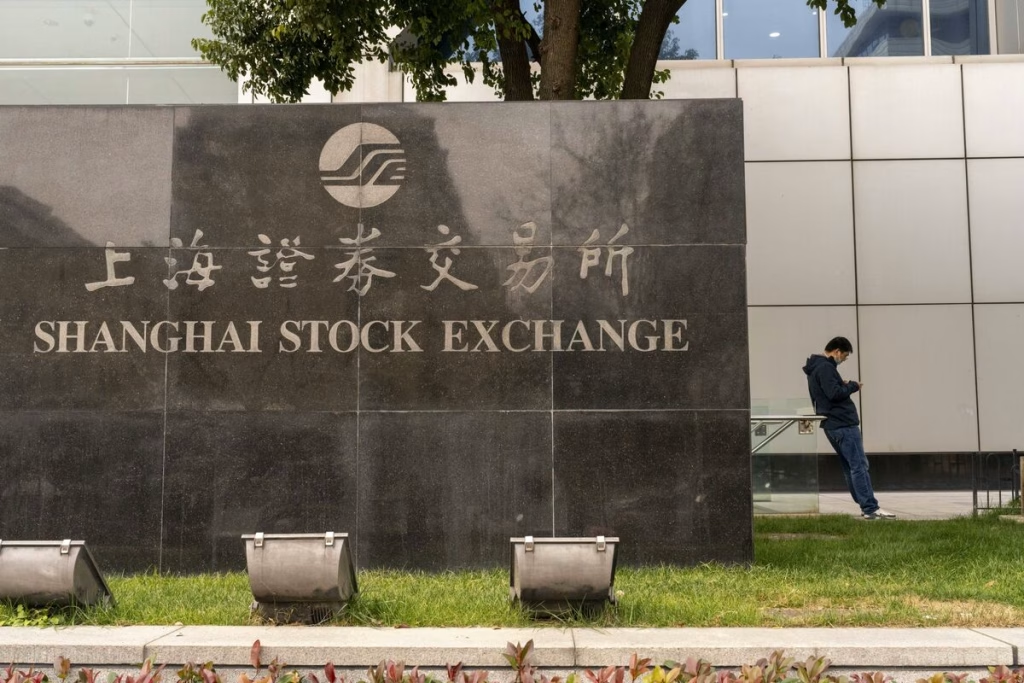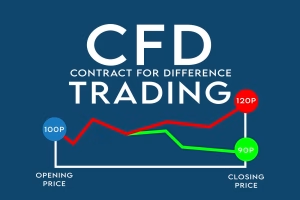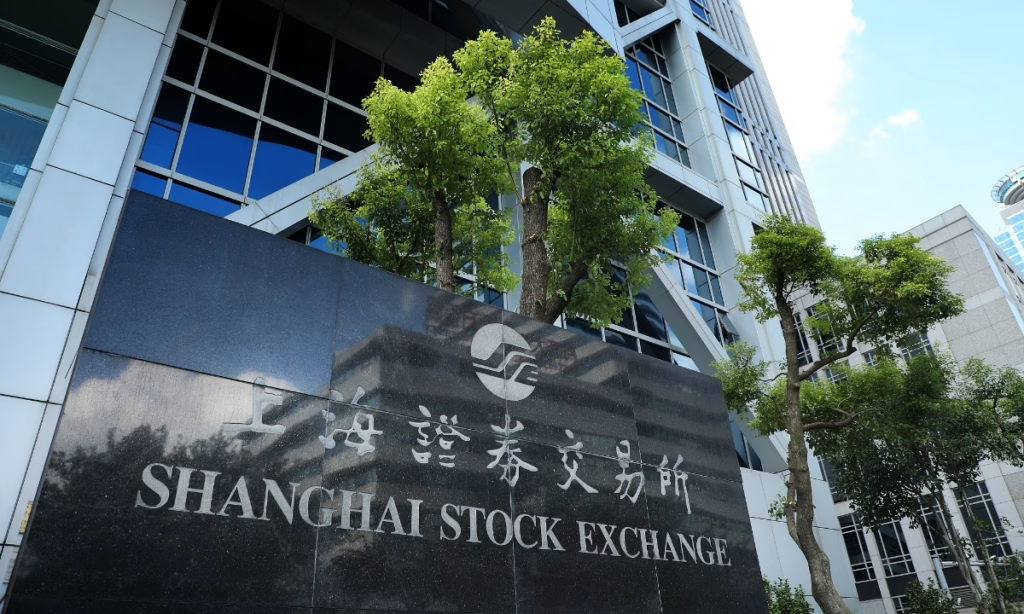Shanghai Stock Exchange
Shanghai Stock Exchange (SSE) stands as one of the world’s largest and most significant stock exchanges, playing a vital role in China’s rapidly expanding financial landscape. Established in 1990, the SSE has undergone significant growth and transformation, becoming an essential hub for investment, trading, and market dynamics not only in China but also globally. In this article, we will explore the structure, significance, trading mechanisms, and opportunities presented by the Shanghai Stock Exchange for investors.

What is the Shanghai Stock Exchange?
The Shanghai Stock Exchange is located in the financial hub of Shanghai and serves as a platform for companies to list their shares, facilitating the buying and selling of stocks. Unlike many other exchanges around the world, the SSE operates with a unique set of rules and regulations tailored to the Chinese market.
The SSE is known for:
- Large Market Capitalization: As one of the largest stock exchanges globally, the SSE hosts a significant number of companies, including major state-owned enterprises and banks.
- Variety of Investment Options: Investors can trade stocks, bonds, exchange-traded funds (ETFs), and other financial instruments.
- Avenue for Foreign Investment: The SSE is increasingly opening up to foreign investors, providing opportunities to participate in the growing Chinese economy.

Historical Background
The SSE was established as part of China’s broader economic reforms in the late 20th century aimed at transitioning from a planned economy to a market-oriented one. The opening of the SSE in 1990 marked a significant step in China’s integration into the global economy. Over the years, the SSE has witnessed dramatic growth in the number of listed companies and trading volumes, solidifying its position as a cornerstone of China’s financial system.

Structure of the Shanghai Stock Exchange
Market Segments
The SSE operates primarily three market segments:
- Main Board: This segment lists leading companies with significant market capitalization and financial stability. Companies are typically larger state-owned entities and are subject to stricter regulatory scrutiny.
- SSE STAR Market: Launched in 2019, the STAR Market is designed to support technology-driven and innovative firms. It offers more flexible listing criteria and is comparable to the NASDAQ in the United States, catering to startups and less established companies.
- SSE B-Shares: B-Shares are stocks listed on the SSE that are priced in foreign currencies (USD and HKD) and primarily available for foreign investors.
Trading Mechanisms
The SSE employs several trading mechanisms which can be quite different from other exchanges. Here are the key features:
- Order-Driven Market: The SSE operates an order-driven market system, where buy and sell orders are matched based on price and time priority.
- Daily Price Limits: To mitigate volatility, the SSE imposes daily price limits on stocks—typically set at ±10% for the Main Board and ±20% for the STAR Market.
- Market Makers: The SSE encourages the participation of market makers to improve liquidity and stabilize pricing, enhancing the overall trading environment.
Market Performance and Trends
The Shanghai Stock Exchange has shown dynamic performance over the years, reflecting broader trends in the Chinese economy. Factors influencing the SSE’s performance include:
- Economic Policies: The financial and economic policies set forth by the Chinese government have significant impacts on market movement, including monetary policy and sector-focused initiatives.
- Global Economic Conditions: As China is deeply integrated into the global supply chain, shifts in international trade dynamics can also impact the SSE.
- Emerging Sectors: The STAR Market, in particular, reflects rapid growth in technology and innovation sectors. Investors are increasingly looking at this corridor for growth opportunities, with companies focusing on biotechnology, artificial intelligence, and green energy.
Investment Opportunities
For investors, the Shanghai Stock Exchange presents a multitude of opportunities, but it requires a comprehensive understanding of the market fundamentals and dynamics:
Diversification Across Sectors
The SSE encompasses a diverse range of sectors, including finance, technology, healthcare, and consumer goods. By investing in different sectors, investors can reduce risks associated with concentrated portfolios and take advantage of sector-specific growth trends.
Growing Accessibility for Foreign Investors
Recent legislative changes have enhanced the accessibility of the SSE for foreign investors. The Stock Connect program, which links the SSE with the Hong Kong Stock Exchange, allows international investors to trade select stocks on the SSE. This has broadened investment horizons and enabled more global capital to flow into China’s financial markets.
Challenges to Consider
Despite its opportunities, investing in the Shanghai Stock Exchange is not without challenges:
Regulatory Environment
Navigating the regulatory landscape in China can be complex. Regulations can change rapidly based on government policy shifts, impacting investor sentiment and stock performance.
Market Volatility
The SSE is known for its high volatility, driven by speculative trading and investors’ sentiment. Awareness of market trends and robust risk management strategies are essential for investment in this environment.
Information Disclosure
While there are regulatory requirements, the level of transparency and timely information disclosure can vary among companies. Investors need to conduct thorough due diligence before investing.
Strategies for Investing in the Shanghai Stock Exchange
For those considering investment in the SSE, here are effective strategies to maximize opportunities:
- Research and Analysis: Conduct in-depth research into the financial health, market position, and growth potential of companies listed on the SSE. Analyze market trends and economic indicators that can impact stock performance.
- Diversification: Spread investments across various sectors and stocks to reduce potential risks. This mitigates losses from poorly performing stocks while benefiting from high performers.
- Stay Informed: Keep track of regulatory changes, economic policies, and market developments. Utilize resources like Trading Market Signals for guidance and insights on market patterns.
- Long-Term Perspective: Consider a long-term investment approach, as markets can fluctuate in the short term. The Chinese economy has strong growth potential, and patience can lead to substantial returns.
Conclusion
The Shanghai Stock Exchange plays a crucial role in the global financial landscape, showcasing China’s burgeoning economic power. With a unique market structure, a diverse range of investment opportunities, and increasing access for foreign investors, the SSE presents a compelling case for strategic investments.
As you explore this dynamic market, leveraging essential knowledge, conducting thorough research, and employing sound investment strategies will be vital in unlocking the potential that the Shanghai Stock Exchange has to offer.
For additional resources on stock trading, investment strategies, and market trends, be sure to visit Trading Market Signals.
Relevant Outgoing Links
- Shanghai Stock Exchange Official Website
- Investopedia – Understanding the Shanghai Stock Exchange
- World Federation of Exchanges – Exchange Statistics








